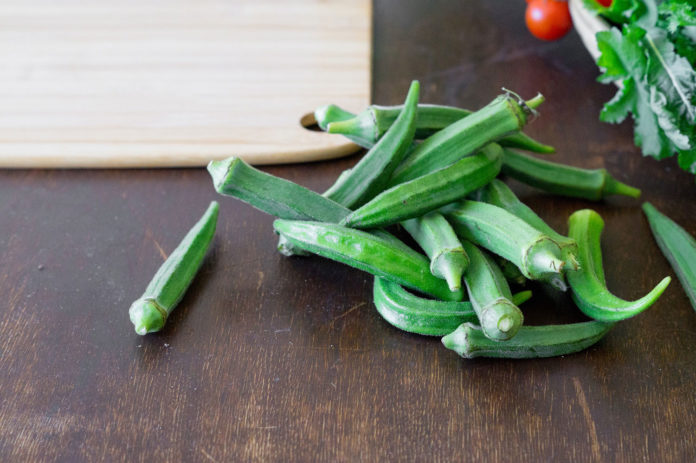Okra serves as a master thickener of stews and soups in many cuisines. According to new research, the goo from that fruit and other plants, such as aloe, cactus, and psyllium, is also as effective at removing microplastics from water as an industry standard.
Microplastics – fragments of plastic smaller than 5 millimeters across – pollute water sources across the world. Their possible health effects are a cause of concern, although they are currently unclear. In the typical wastewater treatment process, microplastics are removed from water by adding flocculants or sticky chemicals that attract microplastics and form large clumps. The clumps then sink to the bottom of the water and can be separated from it.
Microplastics by themselves may not be much of a health hazard, but the substances currently used to remove contaminants are potentially harmful. For example, flocculants such as polyacrylamide can break down into toxic chemicals under certain conditions.
In an effort to look for a non-toxic, safer alternative, Dr. Rajani Srinivasan and colleagues at Tarleton State University studied the use of food-grade plant extracts as non-toxic flocculants to remove textile-based pollutants from wastewater. The team tested polysaccharide extracts from fenugreek, cactus, aloe vera, okra, tamarind and psyllium as flocculants to capture microplastics.
After a few experiments, they found that polysaccharides from okra paired with those from fenugreek worked best at removing microplastics from ocean water, whereas polysaccharides from okra paired with those from tamarind were best for freshwater samples.
Overall, depending on the combination of extracts and water source, the plant-based polysaccharides worked better than, or as well as, the traditional flocculant polyacrylamide. And importantly, they can be implemented in existing water treatment plants without any alterations to the facilities or processes.
Researchers will continue tailoring the ratios and combinations of plant-based flocculants to optimize the removal of different microplastic types from a variety of water sources, such as ocean water, estuary water, freshwater, and groundwater. They also plan to scale up and ultimately commercialize this new, plant-based method so that microplastics can be removed from the water on an industrial scale – enabling cleaner and safer water for everyone to drink.
